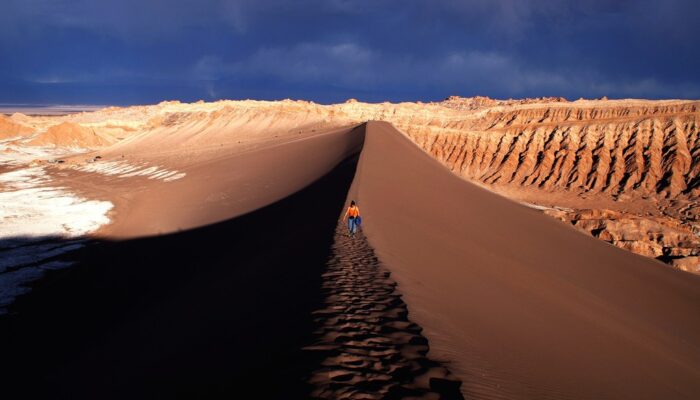Meet the newest member of EGU’s communications team, Olivia Trani! Olivia joined the EGU office in February and since then has been managing GeoLog and the EGU blog network, running our social media channels, and developing EGU networking activities for early career scientists. Hello from the EGU Executive Office! I have been working as the new EGU Communications Officer for the past few months (y ...[Read More]
Imaggeo on Mondays: Cordillera de la Sal

The photograph shows the Valle de la Luna, part of the amazing Cordillera de la Sal mountain range in northern Chile. Rising only 200 metres above the basin of the Salar de Atacama salt flat, the ridges of the Cordillera de la Sal represent a strongly folded sequence of clastic sediments and evapourites (salt can be seen in the left portion of the image), with interspersed volcanic material. This ...[Read More]
What’s on in Vienna this weekend
The General Assembly has come to an end, with only a few hours left to go. Many of the participants will make their way home over the weekend, but if you’ve chosen to stay on for a little longer, then this list of cultural activities and things to do in Vienna might just be the ticket! Relax with Vienna’s best coffee You can’t visit Vienna without going for a coffee and a slice of Sacher torte in ...[Read More]
Announcing the winners of the EGU Photo Competition 2018!
The selection committee received over 600 photos for this year’s EGU Photo Contest, covering fields across the geosciences. Participants at the 2018 General Assembly have been voting for their favourites throughout the week of the conference and there are three clear winners. Congratulations to 2018’s fantastic photographers! ‘Foehn clouds in Patagonia,’ by Christoph Mayr (dist ...[Read More]


